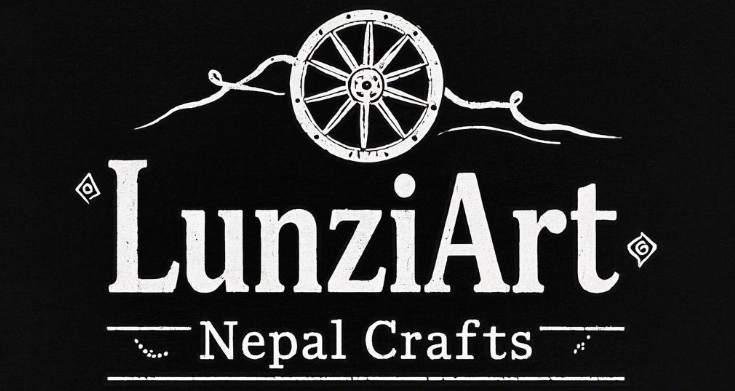The Kalachakra Thangka
The Kalachakra Thangka, often called the “Wheel of Time,” is one of the most sacred and complex symbols in Tibetan Buddhism. More than a painting, it is a spiritual map that connects the outer universe, the human body, and the path to enlightenment. For centuries, monks and practitioners have used the Kalachakra Mandala as a meditation tool, source of protection, and blessing for harmonious living.
In today’s world, the Kalachakra Thangka continues to inspire people seeking balance, mindfulness, and beauty in their homes.
What Does Kalachakra Mean?

The word Kalachakra comes from Sanskrit:
- Kala (Time) – the cycles of change, impermanence, and transformation.
- Chakra (Wheel) – movement, unity, and wholeness.
Together, it represents the Wheel of Time, pointing to life’s repeating cycles of birth, death, and rebirth. For Buddhists, understanding these cycles leads to wisdom and ultimately to liberation.
Symbolism of the Kalachakra Thangka

The Kalachakra Thangka is painted as a mandala; a sacred circular diagram filled with layers of symbolism:
- Outer circles – Represent the cosmic world and cycles of the universe.
- Inner mandala – Mirrors the human body, mind, and energy.
- Central deity (Kalachakra) – Depicted with his consort, symbolizing the union of wisdom and compassion.
- Protective layers – Guard against negativity and guide meditation.
This detailed design is both a visual meditation aid and a spiritual teaching tool.
Why Keep a Kalachakra Thangka?
Traditionally, Kalachakra Thangkas are kept in monasteries and homes for their blessings and protective energy. Today, they are valued for both spiritual and personal reasons:
- Protection from negativity – The mandala is believed to shield spaces from harmful energies.
- Peace and mindfulness – Its intricate patterns naturally draw the mind into focus and calm.
- Positive home energy – Creates a balanced, harmonious atmosphere.
- Meditation support – A visual tool for practitioners seeking clarity and insight.
- Symbol of enlightenment – Reminds us daily of compassion, impermanence, and wisdom.
The Kalachakra as the Wheel of Time

The Kalachakra system has three dimensions:
- Outer Kalachakra – Cosmic cycles like planets, seasons, and time.
- Inner Kalachakra – Human body cycles: breath, thoughts, and energy.
- Alternative Kalachakra – Spiritual practice that transcends time and leads to enlightenment.
This makes the Kalachakra Thangka more than art—it is a pathway to inner freedom.
The Thangka in Modern Homes
Many people today keep a Kalachakra Thangka not just for religious purposes but also for its beauty and meaning. It can serve as:
- Sacred décor – A centrepiece of harmony and elegance.
- Meditation aid – Supporting yoga, prayer, or mindfulness practices.
- Symbolic reminder – Encouraging balance in everyday life.
When placing one at home, choose spaces such as meditation rooms, altars, or living areas. Avoid low or disrespectful placements like floors or bathrooms.
Collecting a Kalachakra Thangka
Authentic, hand-painted thangkas are treasures. Look for:
- Fine details – True thangkas are precise and intricate.
- Traditional pigments – Mineral colors and gold highlights.
- Blessings – Many thangkas are consecrated by monks for added spiritual value.
With care, a Kalachakra Thangka becomes a lifelong source of inspiration.
Conclusion
The Kalachakra Thangka is a sacred representation of time, harmony, and enlightenment. Its presence in homes and meditation spaces offers peace, protection, and spiritual depth. Beyond being a stunning piece of Tibetan art, it is a timeless guide reminding us to live mindfully and walk the path toward inner freedom.
Bringing one into your home is more than decoration—it is an invitation to balance, wisdom, and the eternal flow of time.
Discover more Kalachakra Mandala








